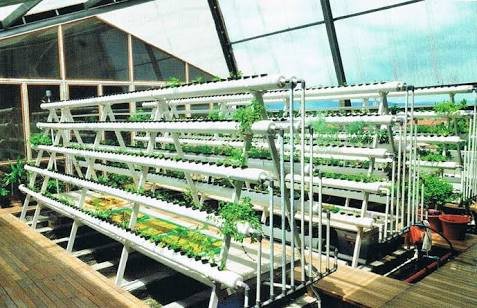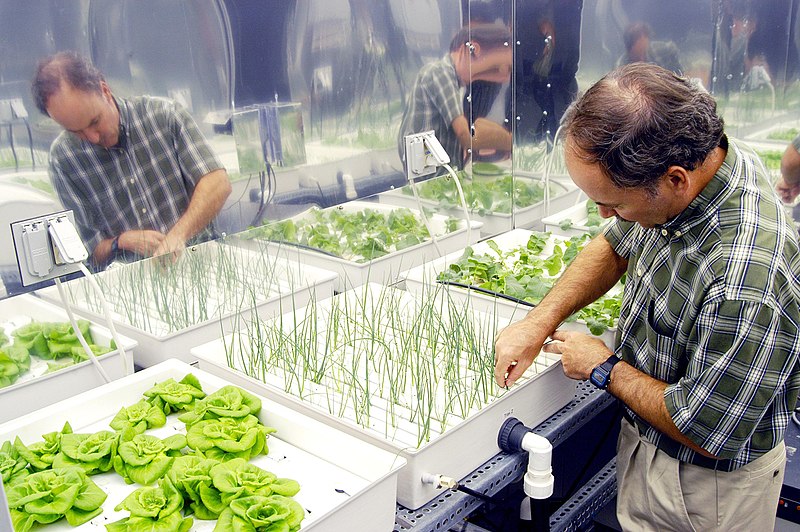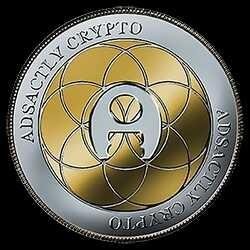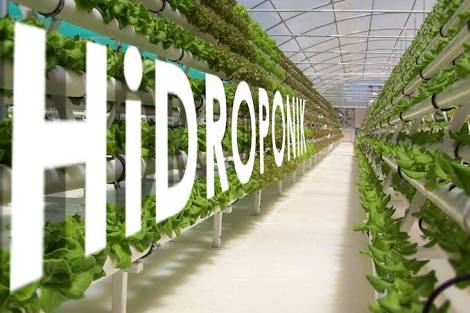Hello Dear Steemians !!
Meet again with me @gumegxgolgom
At this time I will write about planting.
Happy reading my post !!
Hydroponics
Is the cultivation of planting by utilizing water without using the soil by emphasizing the fulfillment of nutritional needs for the plant. The water requirement on hydroponics is less than the water requirement for cultivation with soil. Hydroponics use water more efficiently, so it is suitable to apply to areas with limited water supply.
Etymology
Hydroponics derived from the Greek word that is hydro which means water and ponos which means power. Hydroponics is also known as soilless culture or groundless cultivation. So hydroponics means the cultivation of plants that utilize water and without using soil as a planting medium or soilless.
The Basic Method
In the study of language, hydroponics comes from the word hydro which means water and ponos which means work. Thus, hydroponics has a free understanding of cultivation techniques by emphasizing the fulfillment of nutritional needs for plants, or in the daily sense of landless farming. From this sense it appears that the emergence of hydroponic cultivation techniques begins by the increasing human attention to the importance of fertilizer needs for plants.
Wherever the growth of a plant will still be able to grow properly if the nutrients (nutrients) needed is always sufficient. In this context the function of the soil is to buffer plants and water is a solvent of nutrients, to then be absorbed by plants. It is this mindset that ultimately gives birth to a hydroponic cultivation technique, where the emphasis is on the fulfillment of nutritional needs.
 images
images
History
In the beginning, the cultivation of landless plants written on the Sylva Sylvarum book by Francis Bacon was made in 1627, printed a year after his death. Water cultivation techniques became popular research after that. In 1699, John Woodward published a water-cultivation experiment with spearmint. He found that plants in pure water sources grew better than plants with pure water.
In 1842 there was a list of nine elements believed to be important for plant growth, and the discovery of the German botanist Julius von Sachs and Wilhelm Knop, in the years 1859-1865, sparked the development of cultivation techniques without soil.
Growth of landless landless plants with a solution that emphasizes the fulfillment of the nutritional needs of minerals for plants. It quickly became the standard of research and learning techniques, and is still widely used today. Now, Solution culture is considered as hydroponic type without inert planting medium, which is a planting medium that does not provide nutrients.
In 1929, William Frederick Gericke of the University of California at Berkeley began to publicly promote the Solution culture used to produce agricultural crops. At first he called it aquaculture (or in Indonesia called aquaculture), but later learned that aquaculture has been applied to aquaculture. Gericke creating a sensation by growing a twenty-five-foot-long tomato sprout, in his backyard with a mineral nutrient solution other than soil. Based on an analogy with the ancient Greek designation of aquatic aquaculture, γεωπονικά, the science of aquaculture, Gericke coined the term hydroponics in 1937 (though he asserted that this term was suggested by WA Setchell, of the University of California) for cultivation of plants in water.
In Gericke's report, he claims that hydroponics will revolutionize crop farming and trigger a large number of further inquiries. Gericke's application was rejected by the university about the use of greenhouse campus for experiments due to skepticism of campus administration people. and when the University attempts to force him to disclose the first home-made nutrition recipe, he asks for a place for the greenhouse and it's time to fix it using the appropriate research facility. While finally he was given a place for the greenhouse, the University Party assigned Hoagland and Arnon to reorganize Gericke's formula, in 1940, after leaving academic posts in a politically unfavorable climate, he published a book entitled Complete Guide to Soil less Gardening.
Hydroponics techniques are mostly done on a small scale as a hobby among Indonesian society. The selection of crops to be cultivated for commercial business scale should be considered, since not all agricultural products are economically viable.
Types of plants that have high economic value to be cultivated in hydroponics are:
- Paprika
- Tomato
- Zucchini
- Melon
- Japanese eggplant
- Lettuce
The beginning
Cultivation without soil
Initially Gericke defined the growth of hydroponic plants with mineral nutrient solution. Hydroponics is a part of cultivation without soil. Many cultivation without soil but with a solution for hydroponics.
 image
image
NASA researchers (National Aeronautics and Space Administration) examined the hydroponic onion and lettuce on his left and the radish in front of him
Plants that are not grown by the way in general, will be able to grow using a controlled environment system such as hydroponics. It seems that NASA is also utilizing hydroponics in its space program. Ray Wheeler, a plant physiologist at the Space Center Space Space Science Laboratory, Kennedy, believes that hydroponics will contribute to making progress in space travel. He calls it a bioregenerative life support system.
Hydroponics Type
- Static solution culture (static water culture)
- Continuous-flow solution culture, for example: NFT (Nutrient Film Technique), DFT (Deep Flow Technique)
- Aeroponics
- Passive sub-irrigation
- Ebb and flow or flood and drain sub-irrigation
- Run to waste
- Deep water culture
- Bubbleponics
- Bioponic
Media Cropping
Inert planting media is a planting medium that does not provide nutrients. Inert media generally inert function as a buffer and buffer plants.
Some examples of which are:
- Charcoal husk
- Sponge
- Expanded clay
- Rockwool
- Coir
- Perlite
- Pumice
- Vermiculite
- Sand
- Gravel
- Wood powder or called sawdust
Advantages of hydroponic techniques
- Does not require soil
- Water will continue to circulate in the system and can be used for other purposes, such as an aquarium
- Nutrition control is simpler so nutrition can be given more effectively and efficiently
- Relatively produces no nutrient pollution to the environment
- Gives more results
- Easy to harvest results
- Sterile and clean
- Planting media can be used repeatedly
- Free from weeding plants / weeds
Plants grow faster
For decorative purposes, pots and plants will be relatively clean. So to design the interior of the room in the house will be more flexible in placing hydroponic pots. When the plants used are flower plants, for certain flowers can be set the desired color, depending on the level of acidity and base of the solution used in the nutrient solvent.
Reference
Thanks 


Click on Join Discord Chat
 join
join
Vote @adsactly-witness for Steem witness!
Witness proposal is here:
Go To Steem Witness Page
In the bottom of the page type: adsactly-witness and press vote.

Use small letters and no "@" sign. Or, click here
to vote directly!


Nice post I'm also interested in hydroponics because I live on very unfertile soil. Very interesting.
Anyway you won my big upvote contest! Enjoy.
Downvoting a post can decrease pending rewards and make it less visible. Common reasons:
Submit
Hopefully, people choose to avoid chemical/synthetic fertilizers with said systems!
Downvoting a post can decrease pending rewards and make it less visible. Common reasons:
Submit
amen. I totally agree.
Thanks for commenting @dynamicgreentk
Downvoting a post can decrease pending rewards and make it less visible. Common reasons:
Submit
When i was 9 years of old, i start planting trees. i love those little plant growing slow by slow. every morning when i woke up i checked them and get pleasured. i remembering those now after seeing your post about plant...
Downvoting a post can decrease pending rewards and make it less visible. Common reasons:
Submit
Congratulations! This post has been upvoted from the communal account, @minnowsupport, by gumegx_golgom from the Minnow Support Project. It's a witness project run by aggroed, ausbitbank, teamsteem, theprophet0, someguy123, neoxian, followbtcnews, and netuoso. The goal is to help Steemit grow by supporting Minnows. Please find us at the Peace, Abundance, and Liberty Network (PALnet) Discord Channel. It's a completely public and open space to all members of the Steemit community who voluntarily choose to be there.
If you would like to delegate to the Minnow Support Project you can do so by clicking on the following links: 50SP, 100SP, 250SP, 500SP, 1000SP, 5000SP.
Be sure to leave at least 50SP undelegated on your account.
Downvoting a post can decrease pending rewards and make it less visible. Common reasons:
Submit